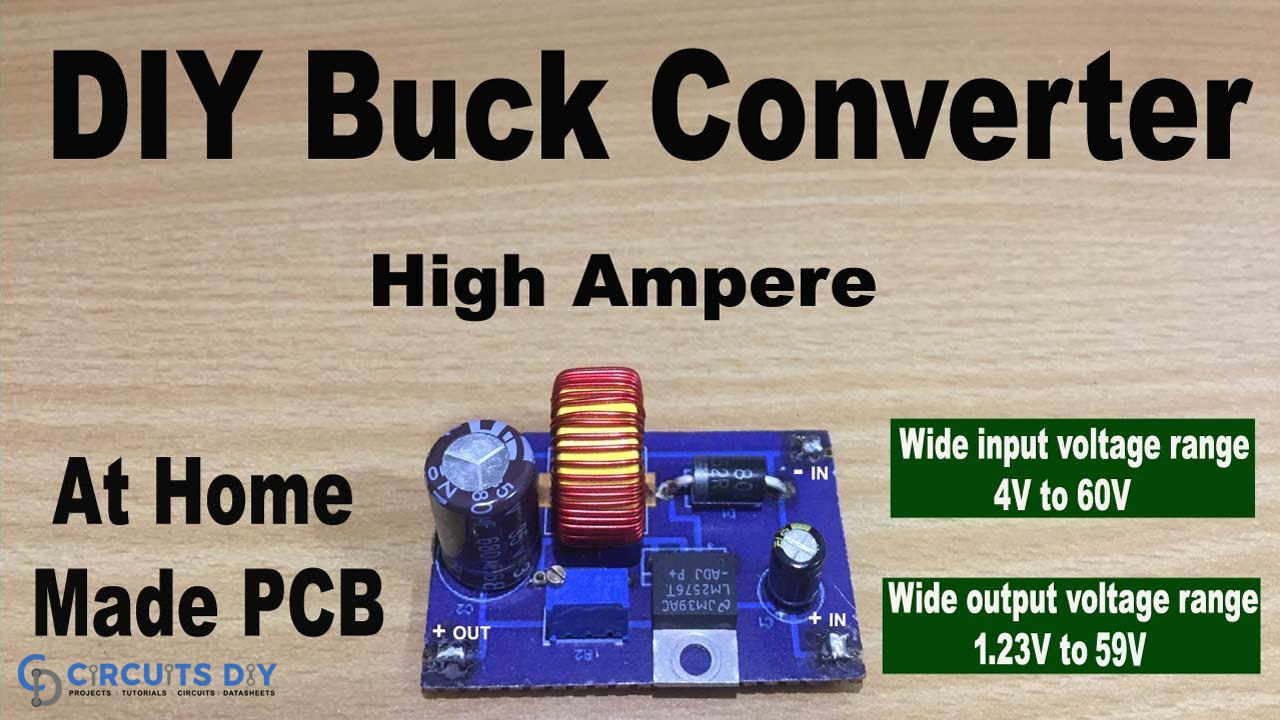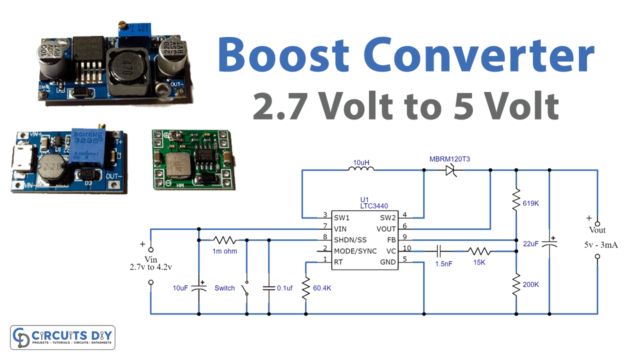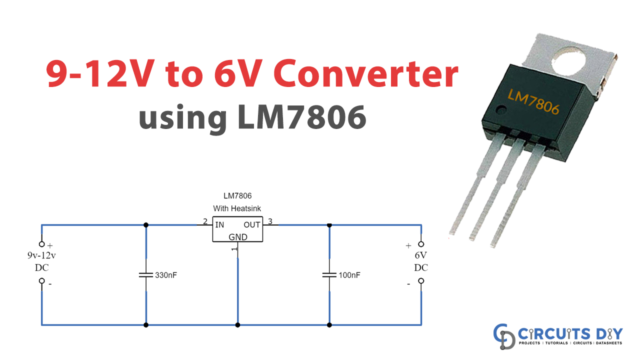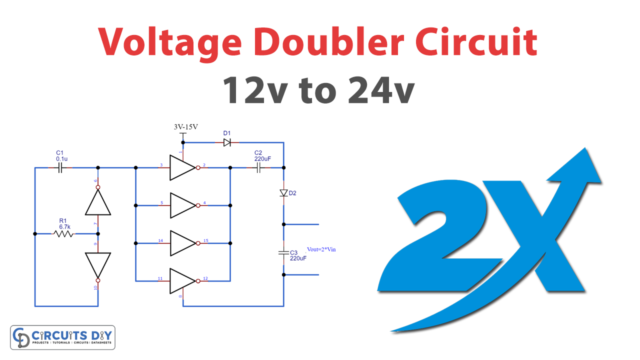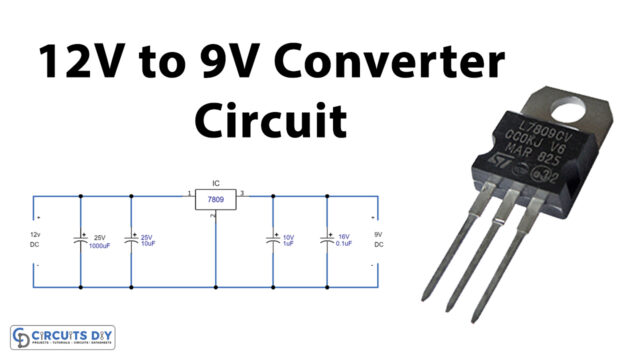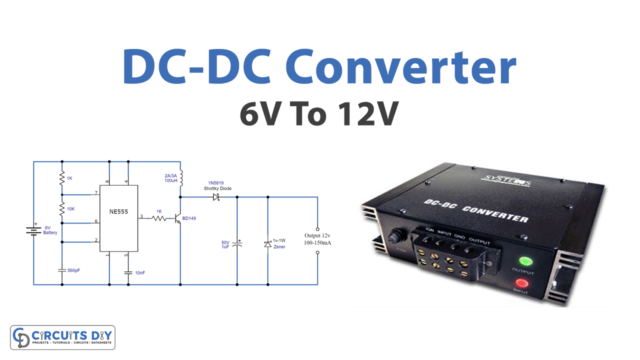Introduction
Let’s assume that you are working on a project that has a fixed DC power supply voltage, but, your project or circuit needs the adjustable voltage supply. What might you do then? To address this, circuit designers have worked and made two sorts of converters, the boot converter, and the buck converter.
Boost converter changes the lower voltage of fixed supply into higher voltages of variable supply. And, the buck converter takes the higher fixed voltage and converts that into a lower variable DC voltage. This tutorial is about the boost converter. Thus, the circuit uses some easily available components and the buck regulator IC.
JLCPCB is the foremost PCB prototype & manufacturing company in china, providing us with the best service we have ever experienced regarding (Quality, Price Service & Time).
Hardware Components
The following components are required to make Buck Converter Circuit
| S.no | Component | Value | Qty |
|---|---|---|---|
| 1. | IC | LM2576 | 1 |
| 2. | Capacitor | 100uf, 1000uf | 1, 1 |
| 3. | Resistor | 1.2K | 1 |
| 4. | Variable Resistor | 50K | 1 |
| 5. | Diode | 1N5822 | 1 |
| 6. | Inductor | 100uH | 1 |
| 7. | Power supply | – | 1 |
LM2576 Pinout
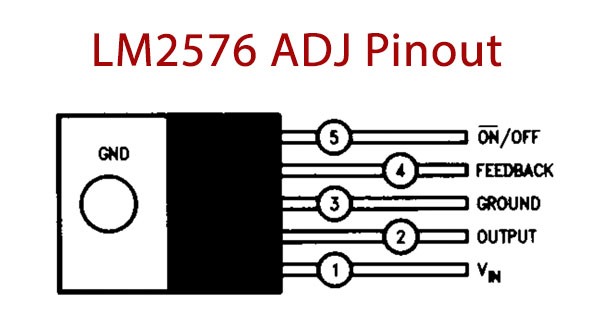
For a detailed description of pinout, dimension features, and specifications download the datasheet of LM2576
Buck Converter Circuit
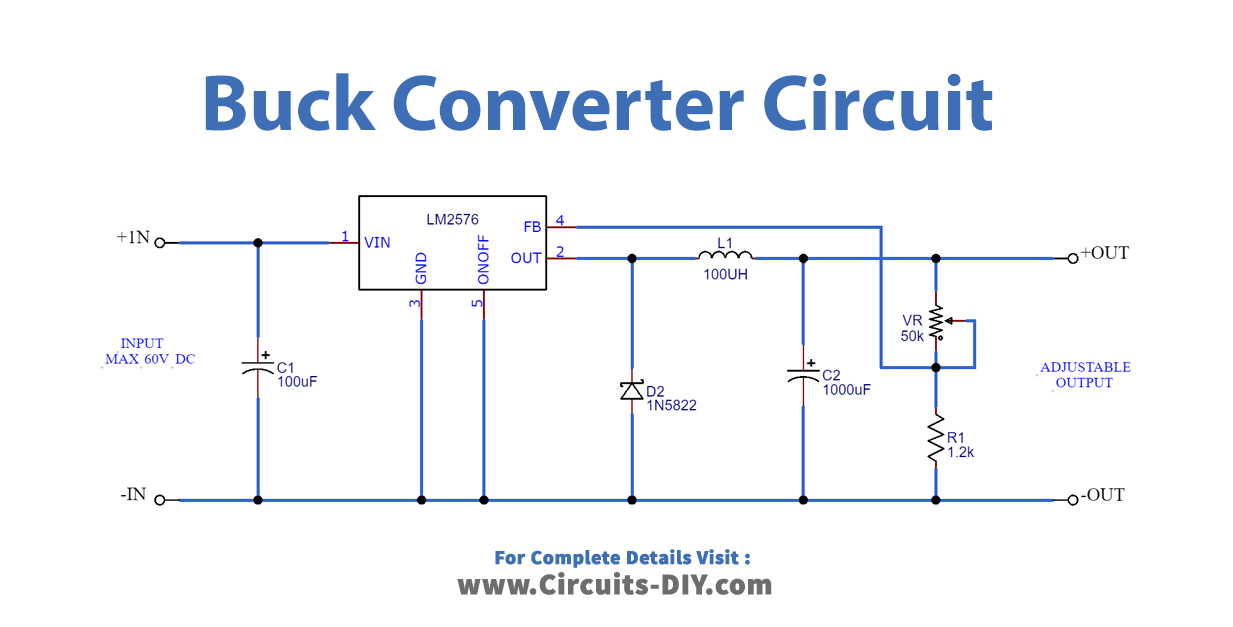
Working Explanation
This 10V DC-DC Buck Converter Circuit uses the LM2576 IC (HV version) having 4 pins. Pin 1 is for the supply voltage while pin 3 is for the ground. Pin 5 is for switching mode which is also grounded in our case. Further, Pin 4 is the feedback pin that is connected to the 50K potentiometer, through which you can adjust the voltage. After these connections, when you give the fixed supply of 60V, you will get the variable supply from 1.2V to 60V (approx). Thus, you can adjust the supply through a potentiometer wired into the circuit.
Applications
- We can use it in battery power systems.
- We can also utilize it in an adaptive control system.
- In regulated power supplies.
- We may also utilize it in power amplification.
- In consumer electronic products.


